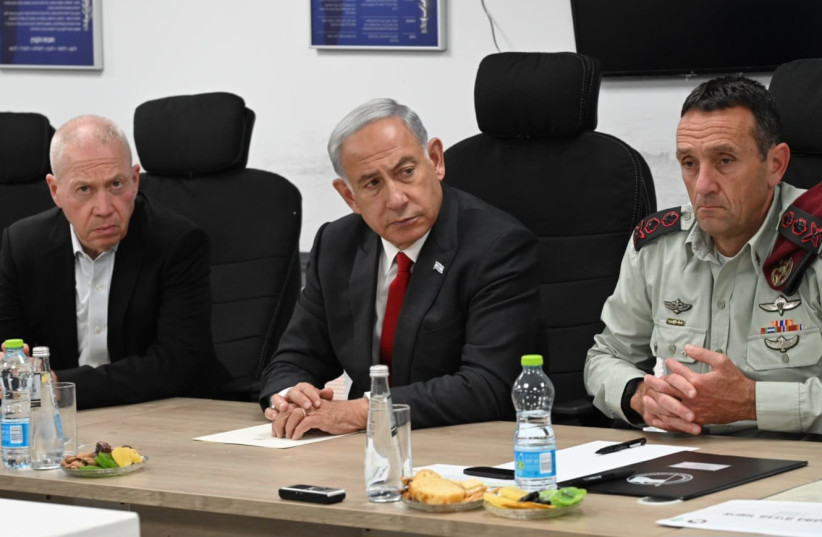All of the promises of "the rules for Tel Aviv and Sderot are one" were for naught yet again.
The IDF did not turn the other cheek after Hamas and Islamic Jihad fired over 100 rockets at Israel, including Ashkelon and Sderot, over the last 30 hours, but the response was relatively meek.
Possibly one Hamas fighter was killed in 16 Israeli airstrikes.
IDF Spokesman Brig. Gen. Daniel Hagari rejected any insinuation that the IDF sought to avoid killing Hamas fighters in its counterstrikes.
However, the fact that Israel has succeeded in killing many Hamas members in the past when it has wanted to makes it hard to accept that rejection.

The IDF refused on Wednesday to provide an updated intelligence assessment of Gaza's current rocket arsenal.
Rockets by the numbers
Yet after the May 2021 Gaza war, Hamas and Islamic Jihad together had around 11,000 rockets from an arsenal of around 23,000 before that conflict.
Islamic Jihad fired over 1,100 rockets in August 2022, but the organizations for some years have developed a local manufacturing capability, such that it is quite possible that they are back up to 13,000 or 15,000 rockets.
Another noteworthy point was that in May 2021 and August 2022, terrorists in Gaza were able to fire around 4,000 rockets in 12 days and 1,000 rockets in three days respectively. These rocket volleys included long-range rockets which could hit Tel Aviv, Ben Gurion Airport and other central targets.
The bottom line from all of this is that Hamas and Islamic Jihad only fired 100 rockets over Tuesday and Wednesday morning, none of them long-range, such that they were pulling their punches as well.
Although Hamas fired land-to-air missiles against Israeli aircraft and some number of rockets, it was clearly trying to mostly stay out of this round, while saving face before the Palestinian public.
In Gaza's best-case scenario, they would be allowed to establish that they can fire 100 rockets on the Israeli towns on the Gaza corridor without facing too harsh a response, as long as they keep away from more "central" parts of Israel.
This meant that the residents of Ashkelon, Sderot and many other villages on the Gaza corridor were still thrust back into a state of terror, while the rest of the country slept soundly.
Is this a set of rules that Israel is prepared to cope with? The truth is that with some limited temporary exceptional periods, this has been the unspoken deal between Israel and Gaza for around 15 years.
Until the government demonstrates to Gaza that the price it will pay for firing on Sderot and Ashkelon is much steeper than it wants to pay, those cities and towns are basically at Gaza's mercy.
At the same time, if Israel does hit Gaza harder, it must be ready for a much longer and more damaging conflict than it may be ready for.
With no top Israeli political officials trying to suggest any bigger political solutions, this will remain a catch-22 trap for Jerusalem.
